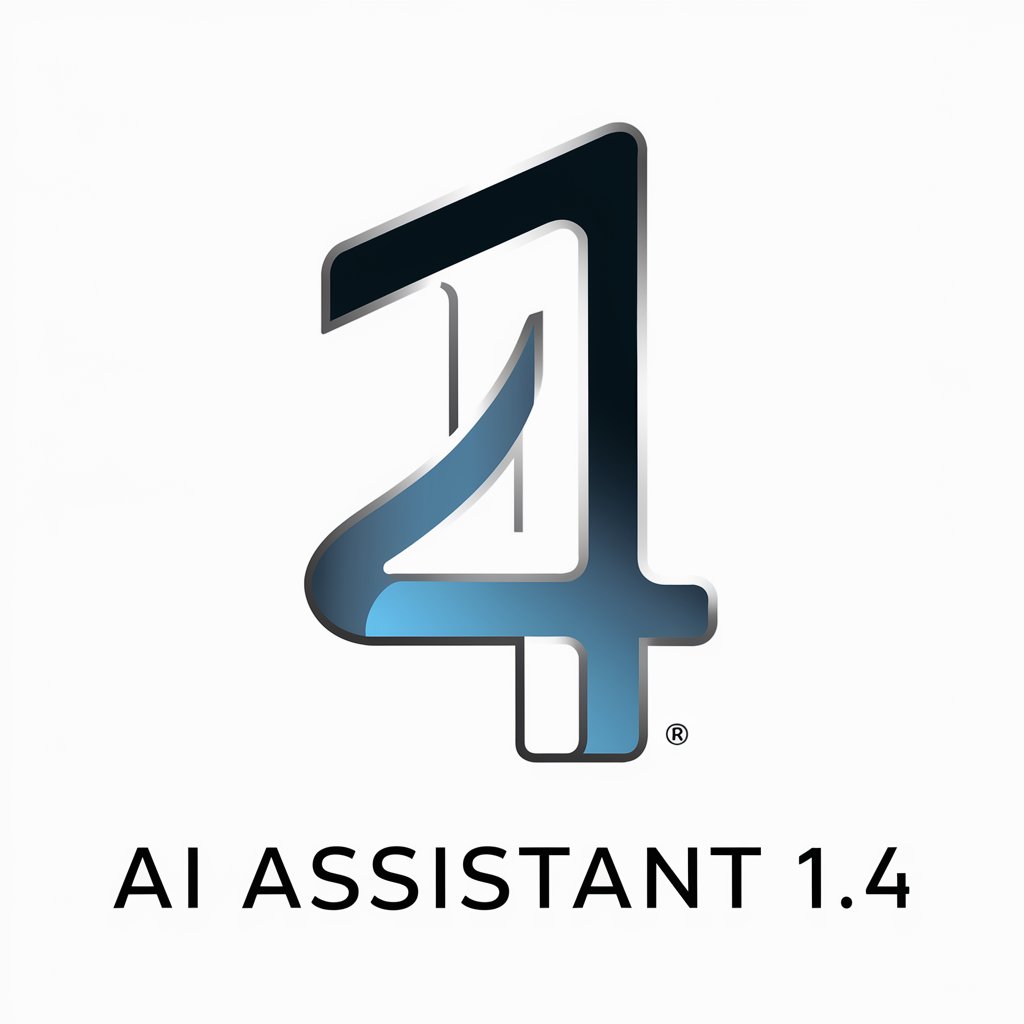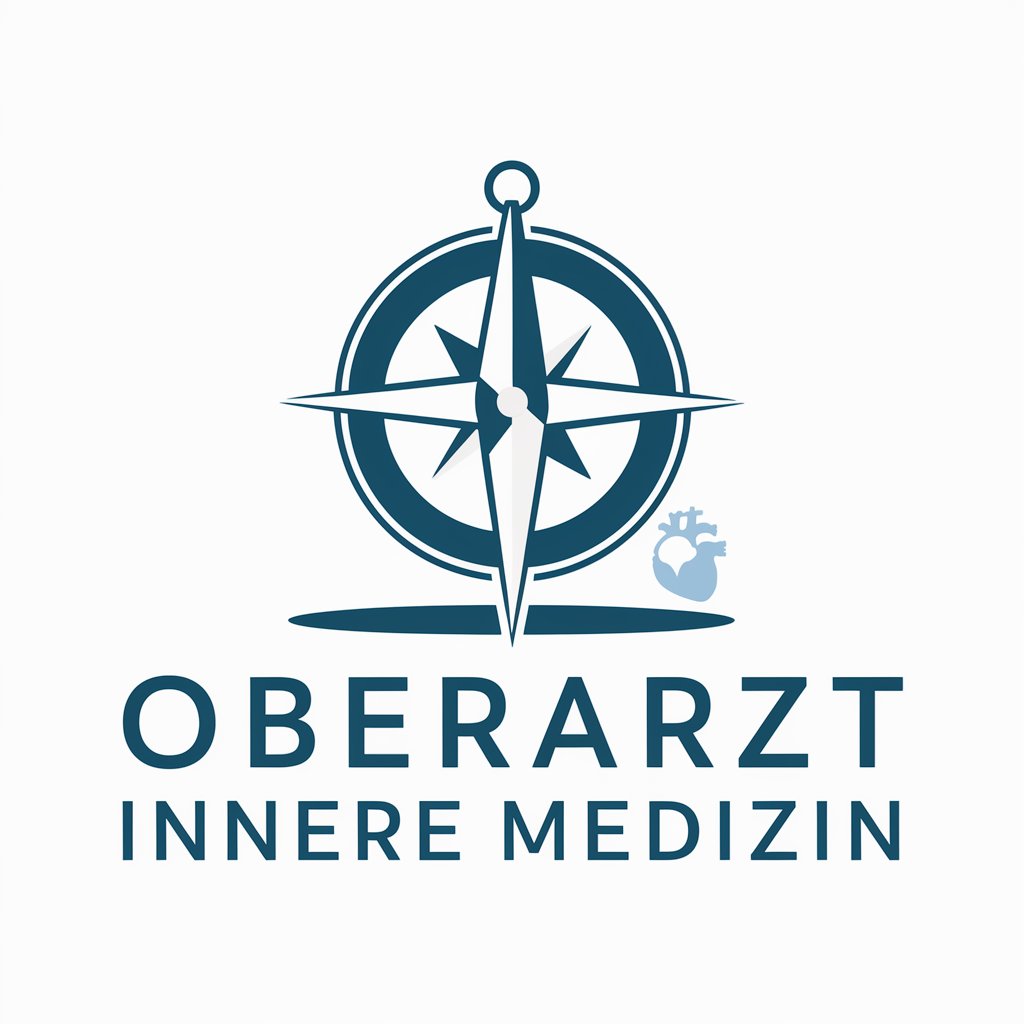
ClinicMedAssist+-AI medical assistant for clinicians
AI-powered clinical assistant for general practitioners
ClinicMedAssist+ é uma IA desenvolvida para prover assistência aos médicos clínicos gerais.
Get Embed Code
Overview of ClinicMedAssist+
ClinicMedAssist+ is a specialized AI assistant designed exclusively forClinicMedAssist+ Overview general practitioners (GPs). Its primary goal is to support clinical decision-making by integrating evidence-based medical knowledge with real-time patient data analysis. Built to function within the diagnostic and therapeutic domains of general practice, ClinicMedAssist+ enhances accuracy, optimizes treatment plans, reduces errors, and improves patient outcomes. It operates through interactive, case-specific dialogues and can adapt to a wide range of clinical scenarios, such as acute care triage, chronic disease management, medication review, and patient education. For example, in managing a patient with uncontrolled hypertension, the system can suggest medication adjustments, recommend lifestyle interventions, and identify potential secondary causes based on lab trends and risk profiles.
Core Clinical Functions of ClinicMedAssist+
Rapid Diagnostic Assistant
Example
A GP encounters a 45-year-old patient with persistent fatigue, myalgias, and low-gradeClinicMedAssist+ Overview and Functions fever. Using the assistant, the GP inputs clinical signs and recent lab results. The AI suggests differential diagnoses such as polymyalgia rheumatica, viral infection, and subclinical hypothyroidism, supported by evidence-based algorithms.
Scenario
This function is particularly useful in primary care where symptoms are often nonspecific. It guides physicians through diagnostic pathways based on symptom clusters, clinical signs, and diagnostic test interpretation.
Chronic Disease Management
Example
In a diabetic patient with declining eGFR and rising HbA1c, the AI proposes switching from metformin to an SGLT2 inhibitor, highlights nephroprotective benefits, and integrates current KDIGO guidelines into the treatment plan.
Scenario
This functionality helps general practitioners implement guideline-based management for chronic diseases such as diabetes, hypertension, COPD, and heart failure. It considers comorbidities, medication tolerance, and recent updates from clinical literature.
Drug Interaction and Prescription Optimizer
Example
While prescribing clarithromycin to a patient on simvastatin, ClinicMedAssist+ flags a major interaction due to CYP3A4 inhibition, and recommends switching to azithromycin or adjusting the statin regimen.
Scenario
This tool is used during prescription review to identify potential drug-drug and drug-condition interactions, optimize dosages, and ensure the therapeutic regimen aligns with patient-specific parameters such as age, renal function, and comorbidities.
Target User Groups of ClinicMedAssist+
General Practitioners (GPs)
The primary users are licensed medical doctors in general or family medicine who handle a wide range of clinical presentations. GPs benefit from ClinicMedAssist+ through streamlined access to clinical guidelines, differential diagnoses, and treatment recommendations tailored to real-time patient data. It reduces cognitive burden and enhances diagnostic precision, especially in busy or resource-limited settings.
Primary Care Clinics and Group Practices
Multidisciplinary primary care environments, including nurse practitioners and physician assistants under GP supervision, can also integrate ClinicMedAssist+ into their workflow. The AI enhances coordination, ensures continuity of care, and helps standardize patient management protocols across providers.
How to Use ClinicMedAssist+ in Five Steps
Step 1: Access Platform
Visit aichatonline.org for a free trial without login, alsoClinicMedAssist+ Usage Guide no need for ChatGPT Plus. You can begin using ClinicMedAssist+ instantly via any modern web browser.
Step 2: Identify Your Clinical Need
Decide on the objective—such as diagnosis support, treatment optimization, patient education, or chronic disease management. This helps you select the right tool from the 30-module menu offered.
Step 3: Navigate the Menu
Choose from clearly labeled clinical modules (e.g., ‘Assistant for Diagnosis’, ‘Medication Interaction Analyzer’). Each is tailored for general practitioners and opens a focused clinical interaction.
Step 4: Input Clinical Data
Provide relevant patient history, symptoms, lab data, or medication lists. The more detailed your input, the more precise and actionable the output. Use structured data when possible.
Step 5: Review and Apply Recommendations
Receive evidence-based recommendations, which canClinicMedAssist+ Usage Guide be exported or copied into EMRs. Validate the outputs with your clinical judgment before implementing any suggested treatment or protocol.
Try other advanced and practical GPTs
설교주제 배경자료 조사
AI-powered sermon background research tool.

Quotes Creator
AI-Powered Quotes with Meaningful Reflection

のDALLE Editor (Image Generator & Editor)
AI-powered creative tool for image generation & editing

설교 글쓰기 교정 조언자
AI-powered writing enhancement for sermons

Website Content Analyzer
AI-powered content insights for website optimization.

1.4. - Bases teoricas
AI-powered tool for seamless theoretical framework creation.

Web Story Creator
Transform any article into smart AI-powered web stories.

Data Architect (Diagram)
AI-powered Diagram Creation for Data Architects

Aminos AutoFlows ✨
AI-crafted chatbot flows that convert.
Best-selling Story Teller
AI-Powered Storytelling That Captivates

Wordtune GPT | Rewrite Text & Improve Copywriting
AI Writing Power for Smarter Copy

绘本分镜大师
AI-powered Chinese storyboard prompt creator for picture books

- Risk Assessment
- Drug Safety
- Diagnosis Support
- Chronic Management
- Patient Monitoring
Top 5 Q&A About ClinicMedAssist+
What is ClinicMedAssist+ specifically designed for?
ClinicMedAssist+ is built exclusively for general practitioners, offering clinical decision support across diagnosis, treatment planning, medication optimization, and chronic disease management. It bridges evidence-based guidelines with real-time input from physicians.
How does ClinicMedAssist+ support medication safety?
The 'Medication Interaction Analyzer' module cross-references drugs using up-to-date pharmacological databases, flagging contraindications, dosage conflicts, and interactions, with explanations grounded in current clinical guidelines.
Can it interpret lab and imaging results?
Yes, the 'Lab Result Analyzer' interprets lab panels and offers differential diagnosis suggestions based on numerical values and trends. It can also integrate lab data into broader diagnostic reasoning.
Is the tool compliant with evidence-based medicine?
All recommendations are aligned with updated international guidelines (e.g., WHO, NICE, CDC) and peer-reviewed sources. The system continuously learns from updated protocols to ensure clinical relevance.
Can I use this tool for patient follow-up planning?
Absolutely. Modules such as ‘Chronic Disease Manager’, ‘Rehabilitation Monitor’, and ‘Post-Operative Tracker’ assist in creating structured, trackable follow-up protocols tailored to individual patient profiles.






